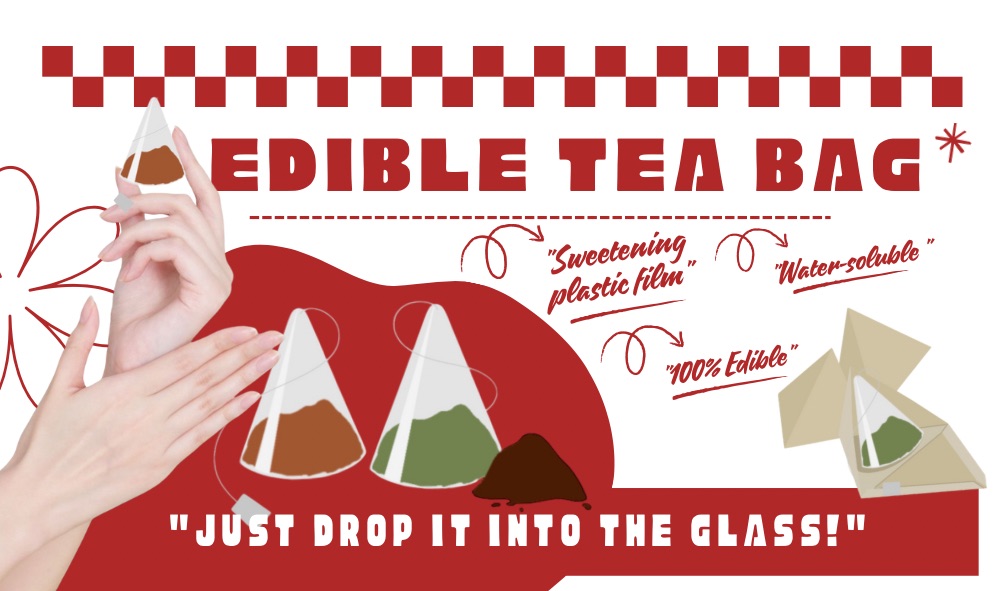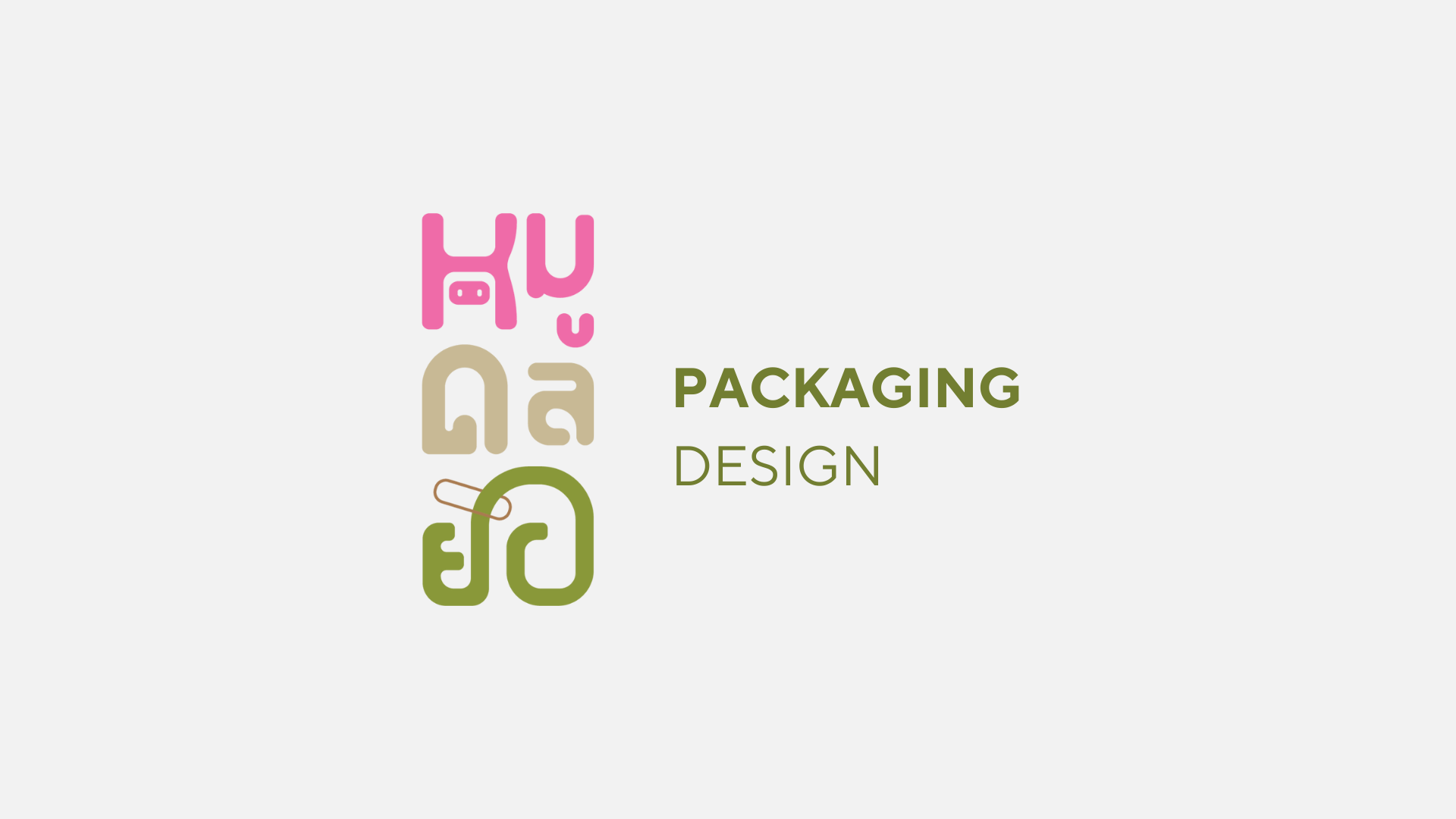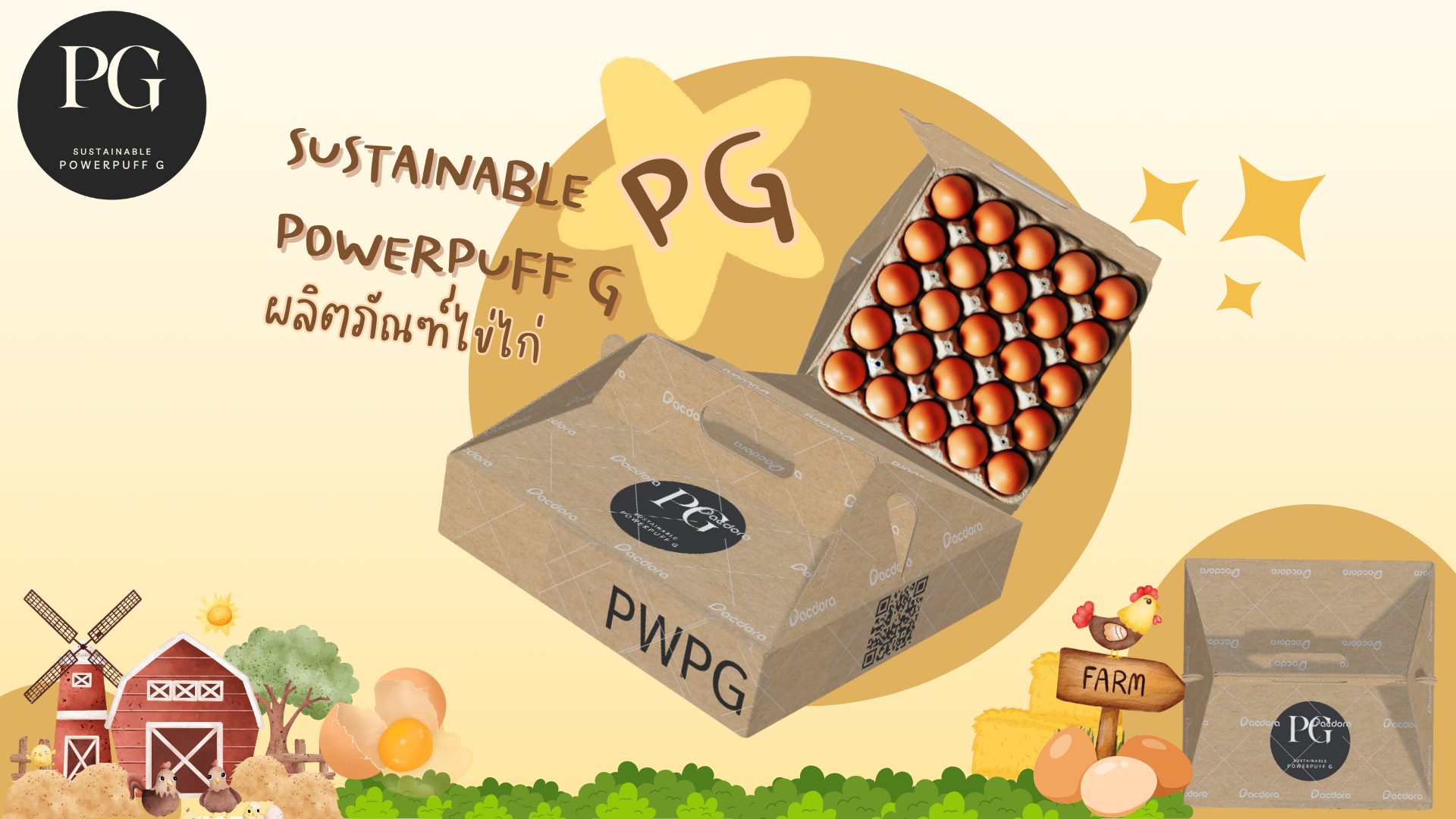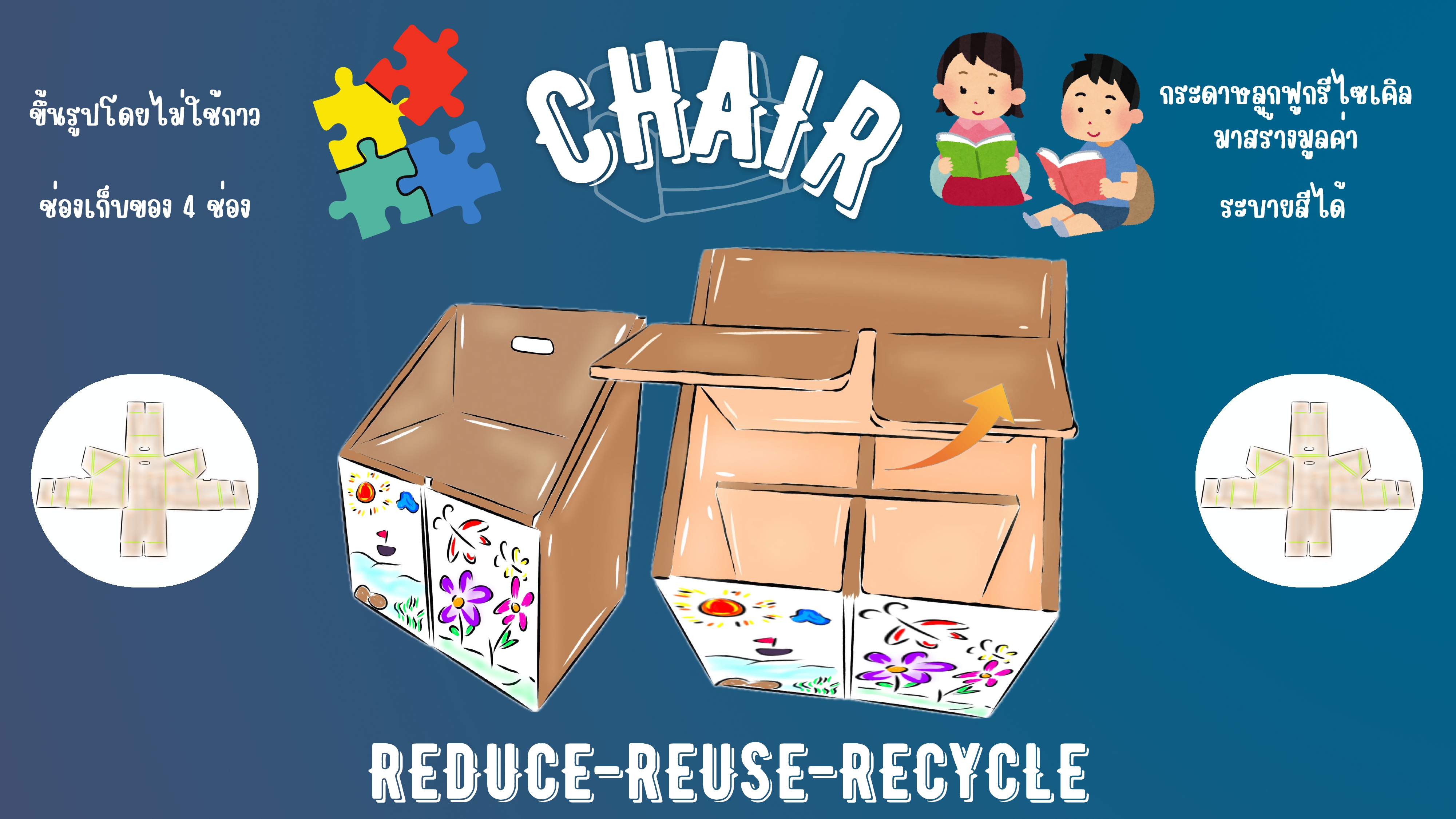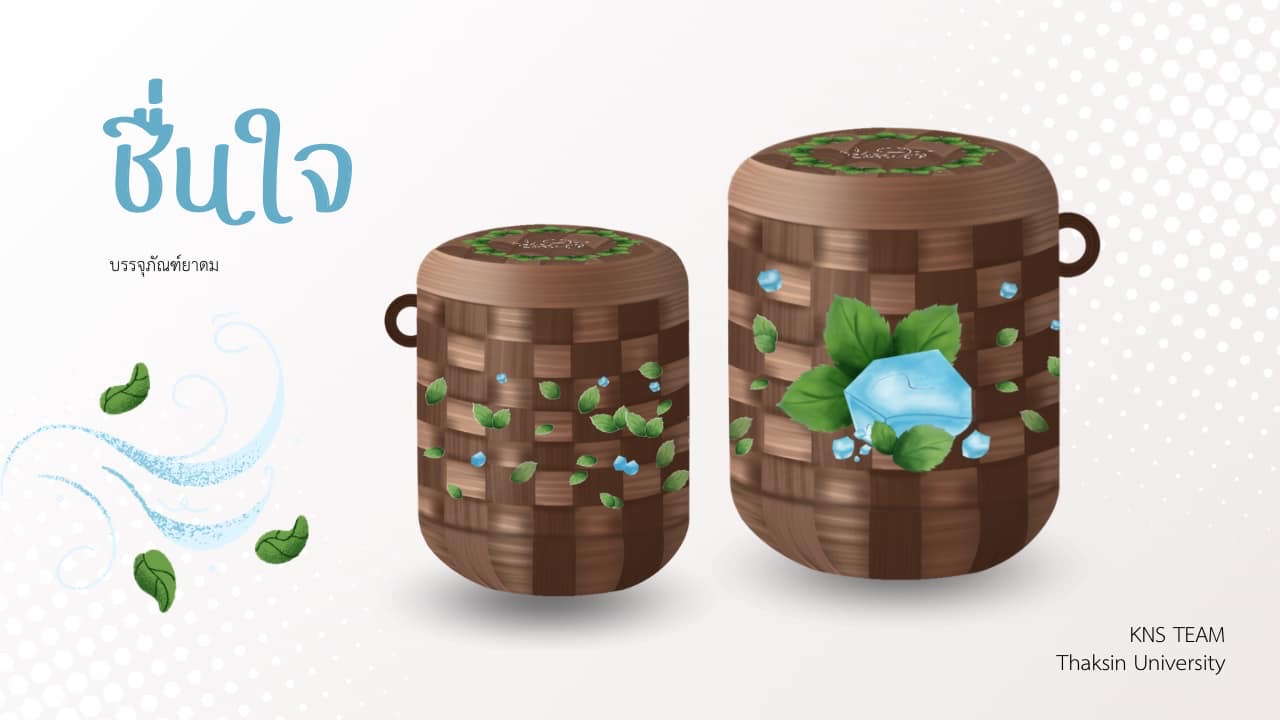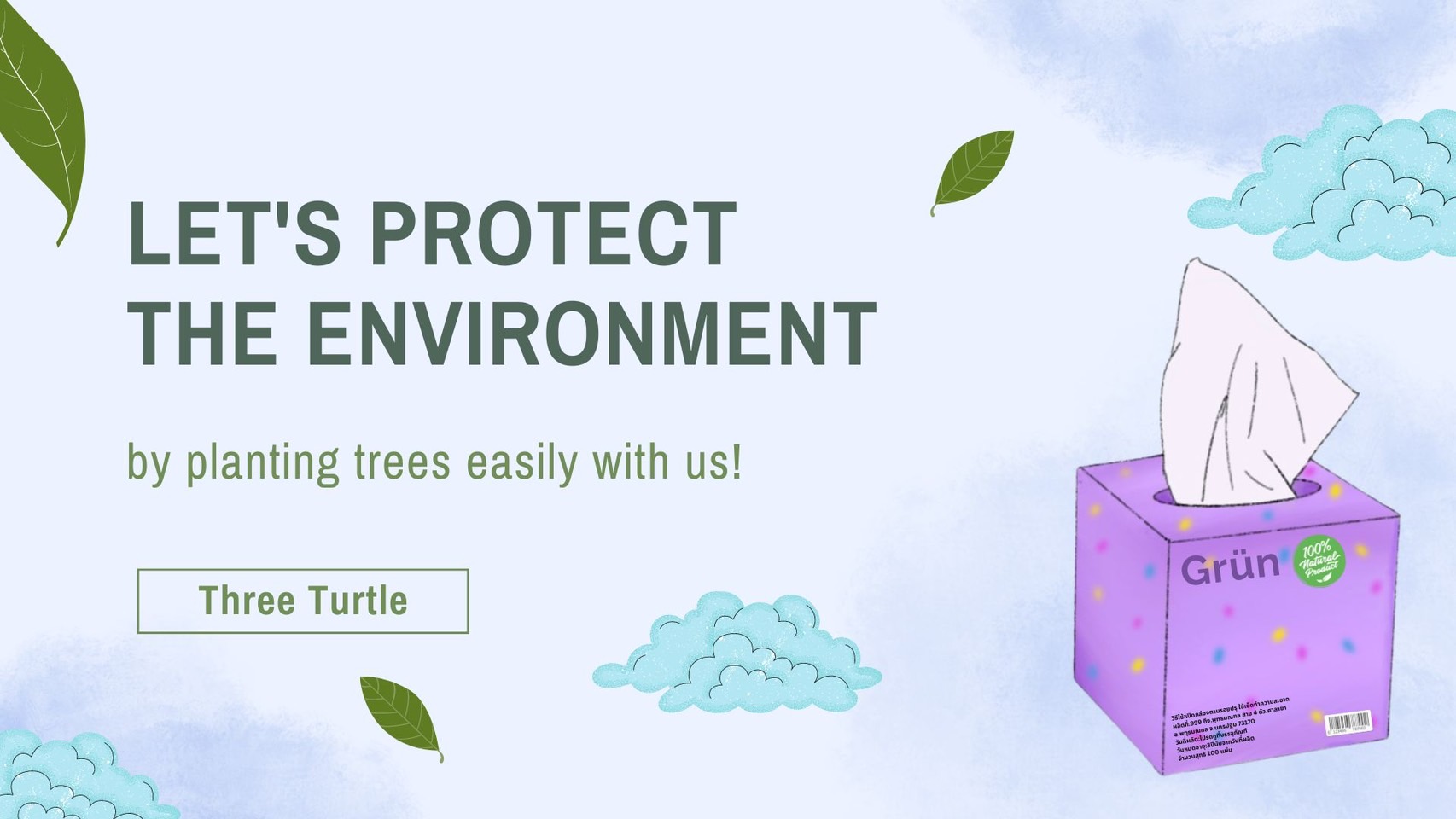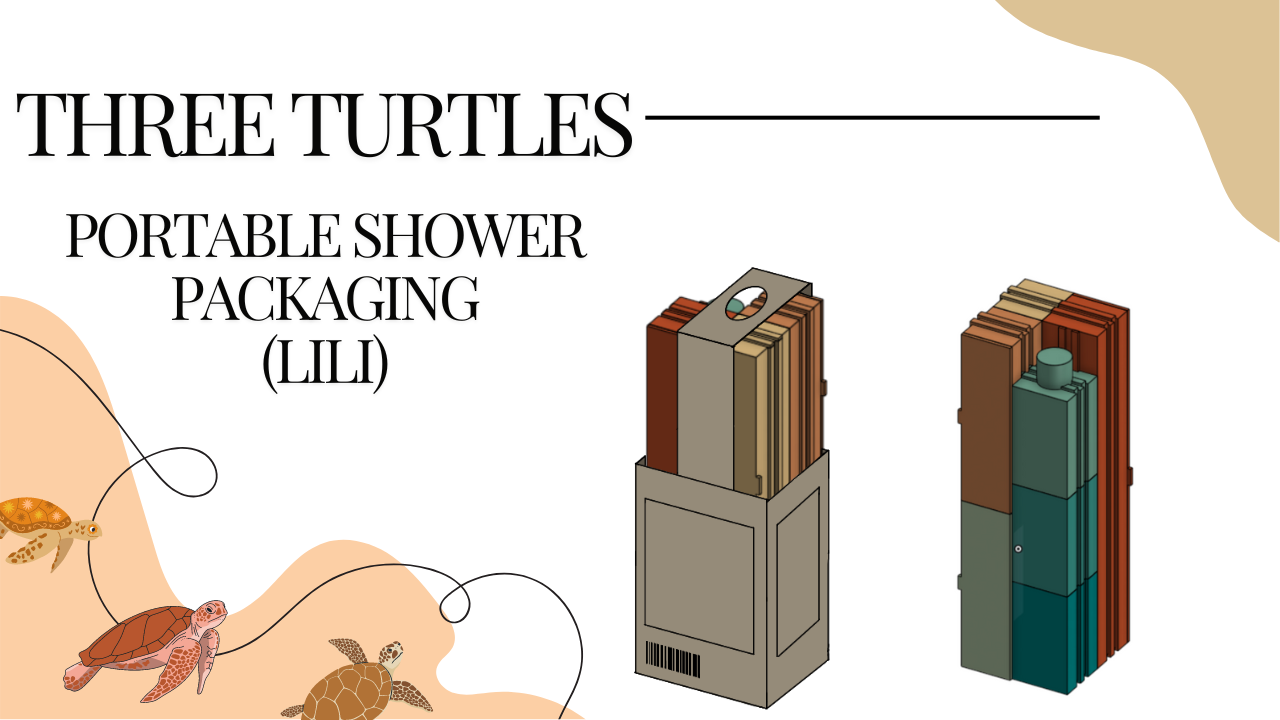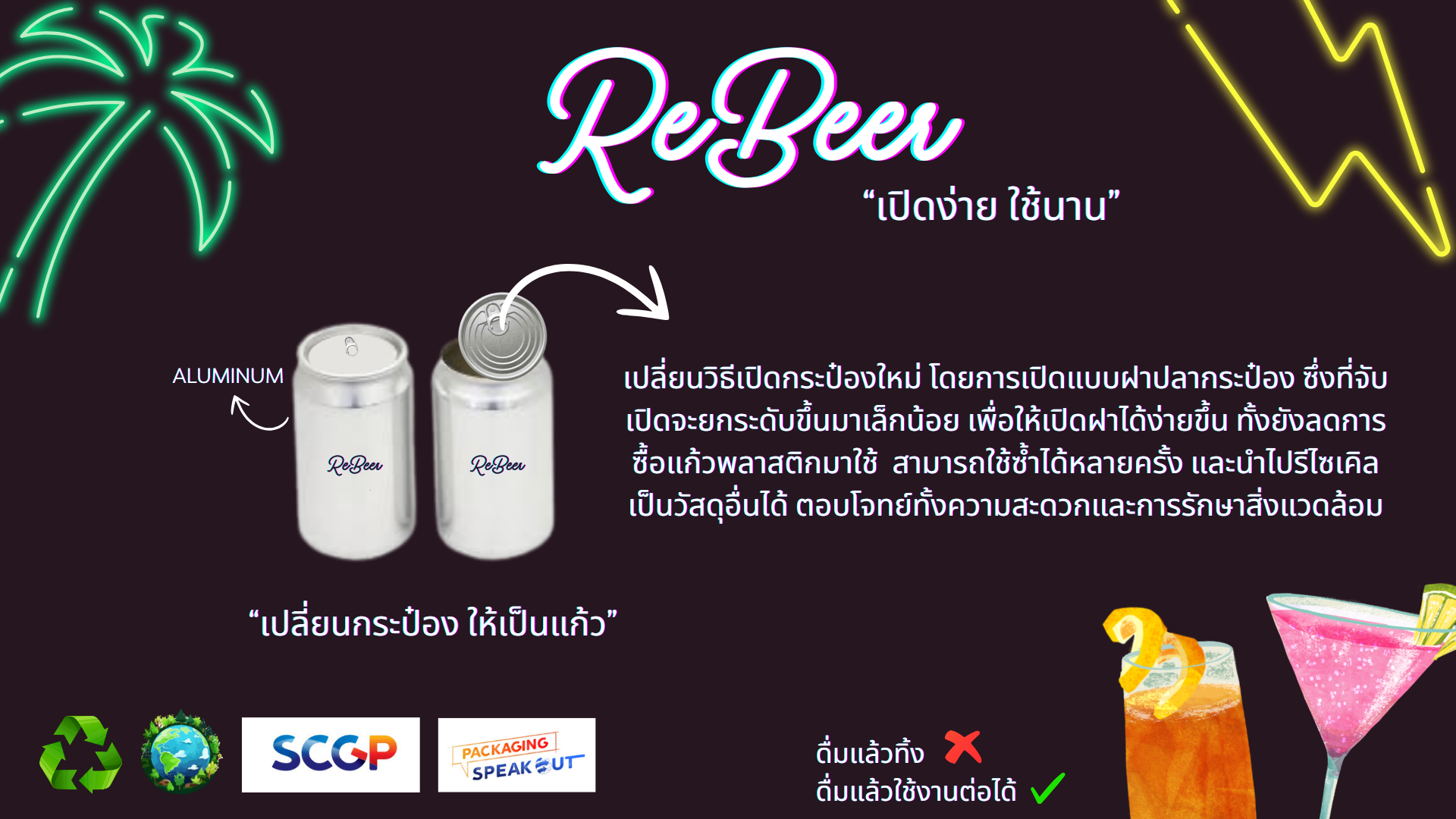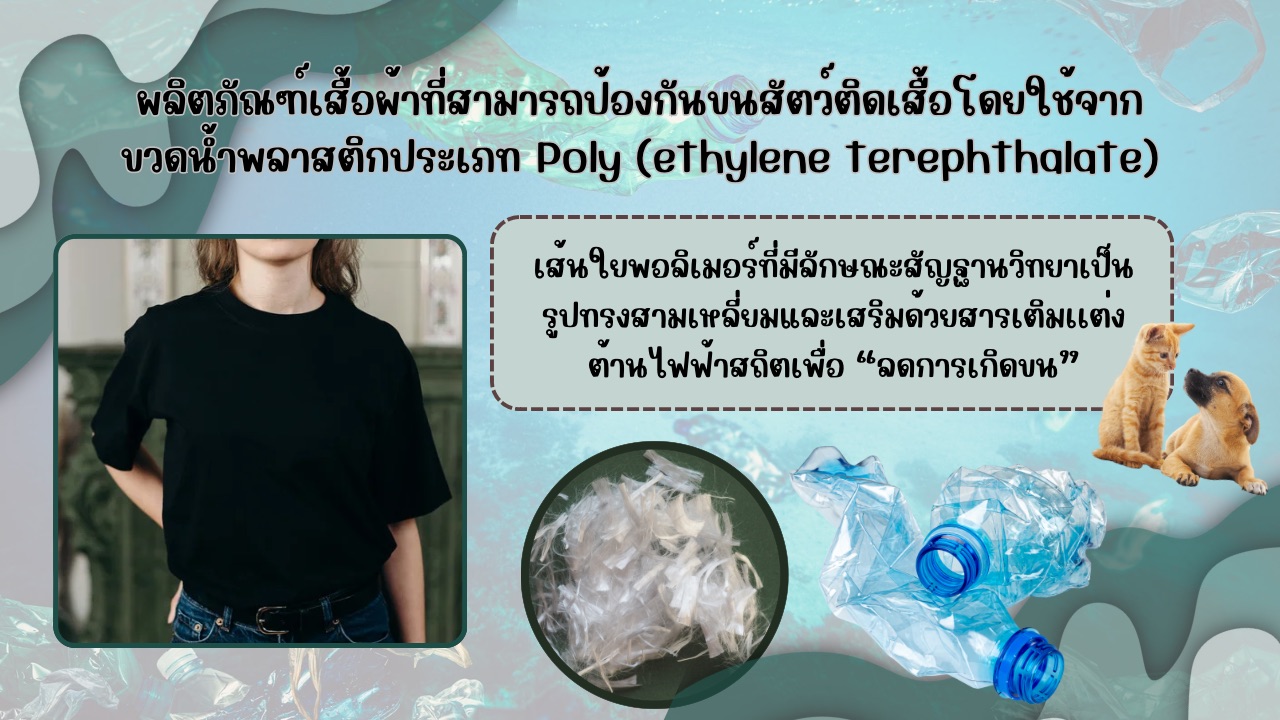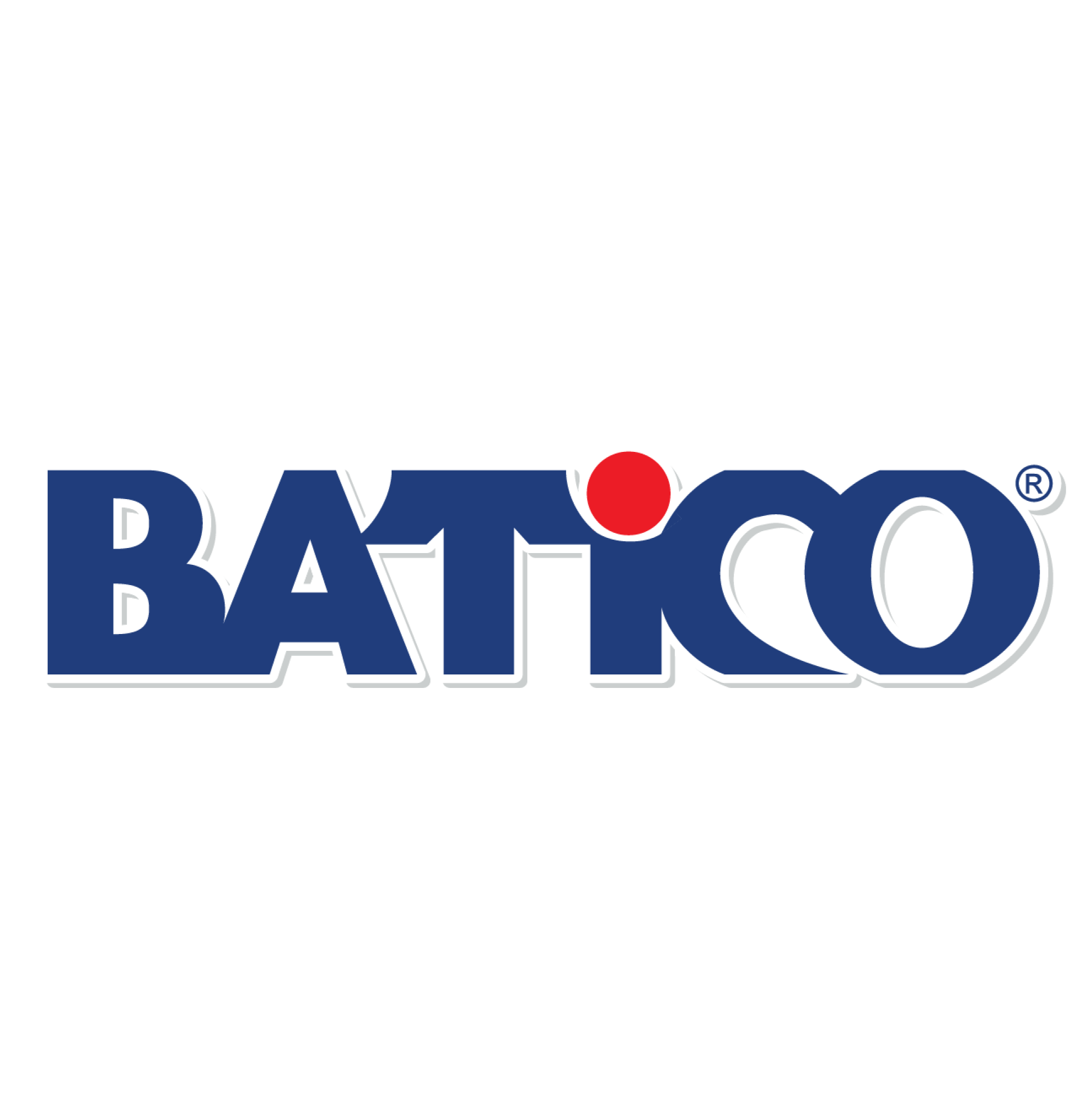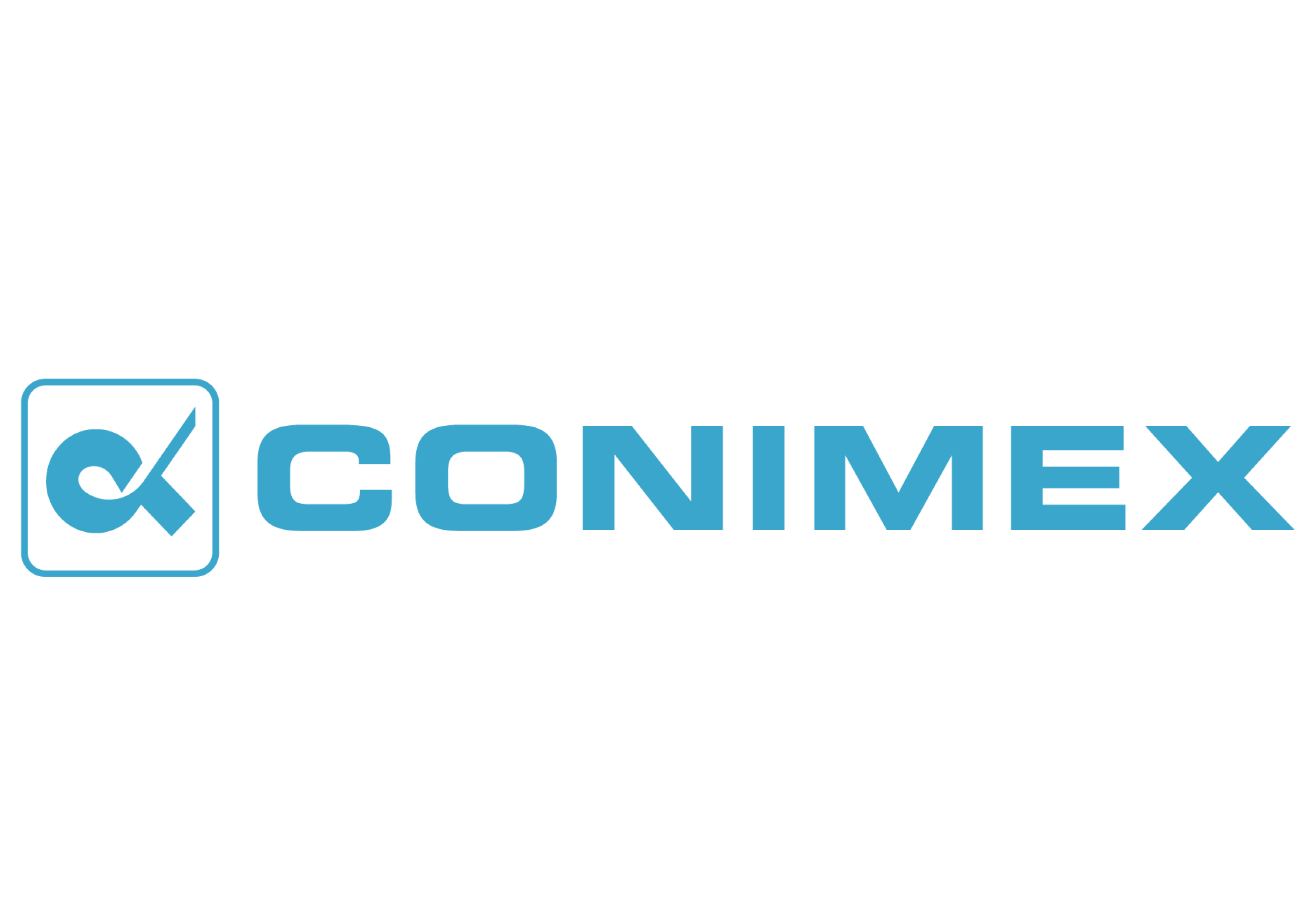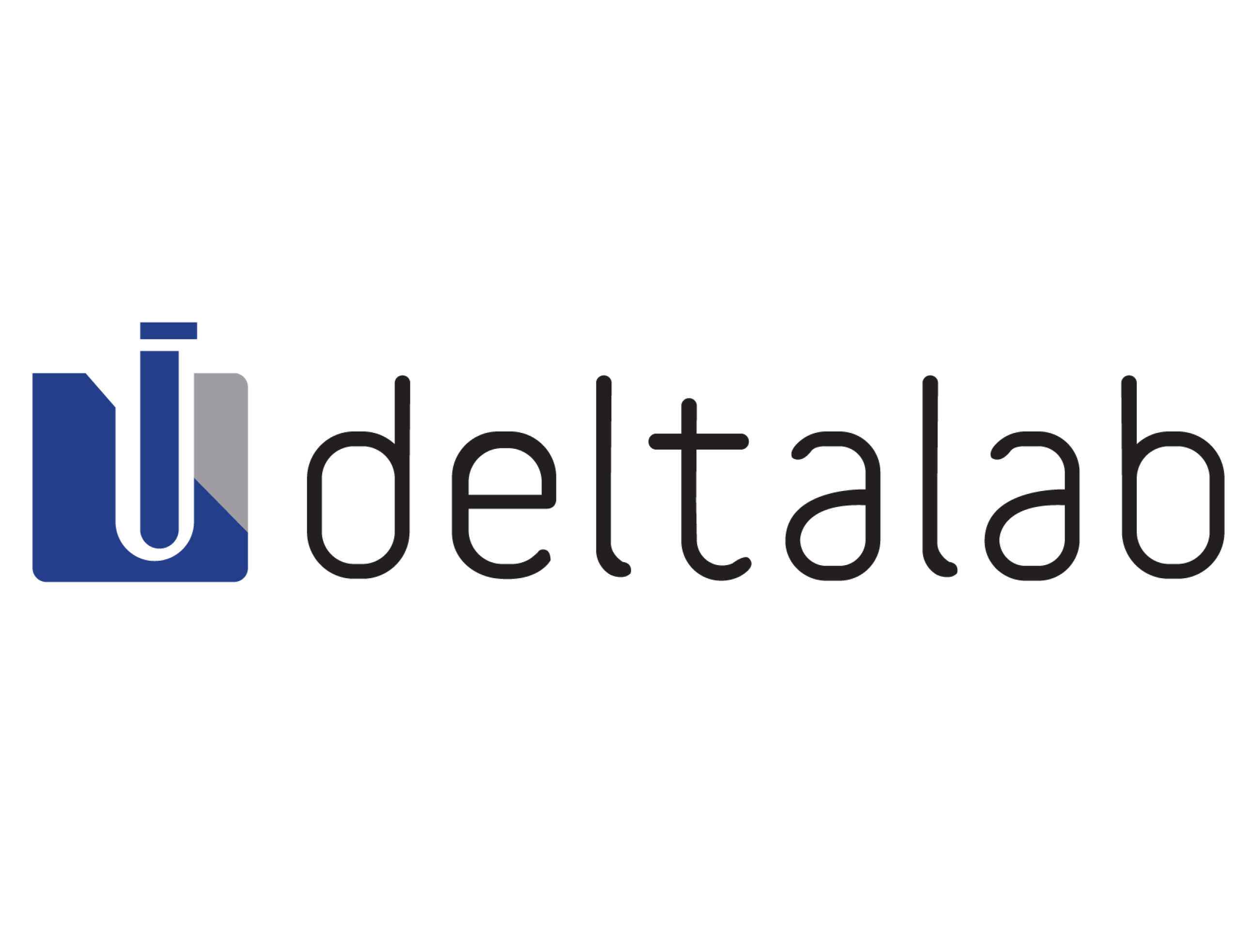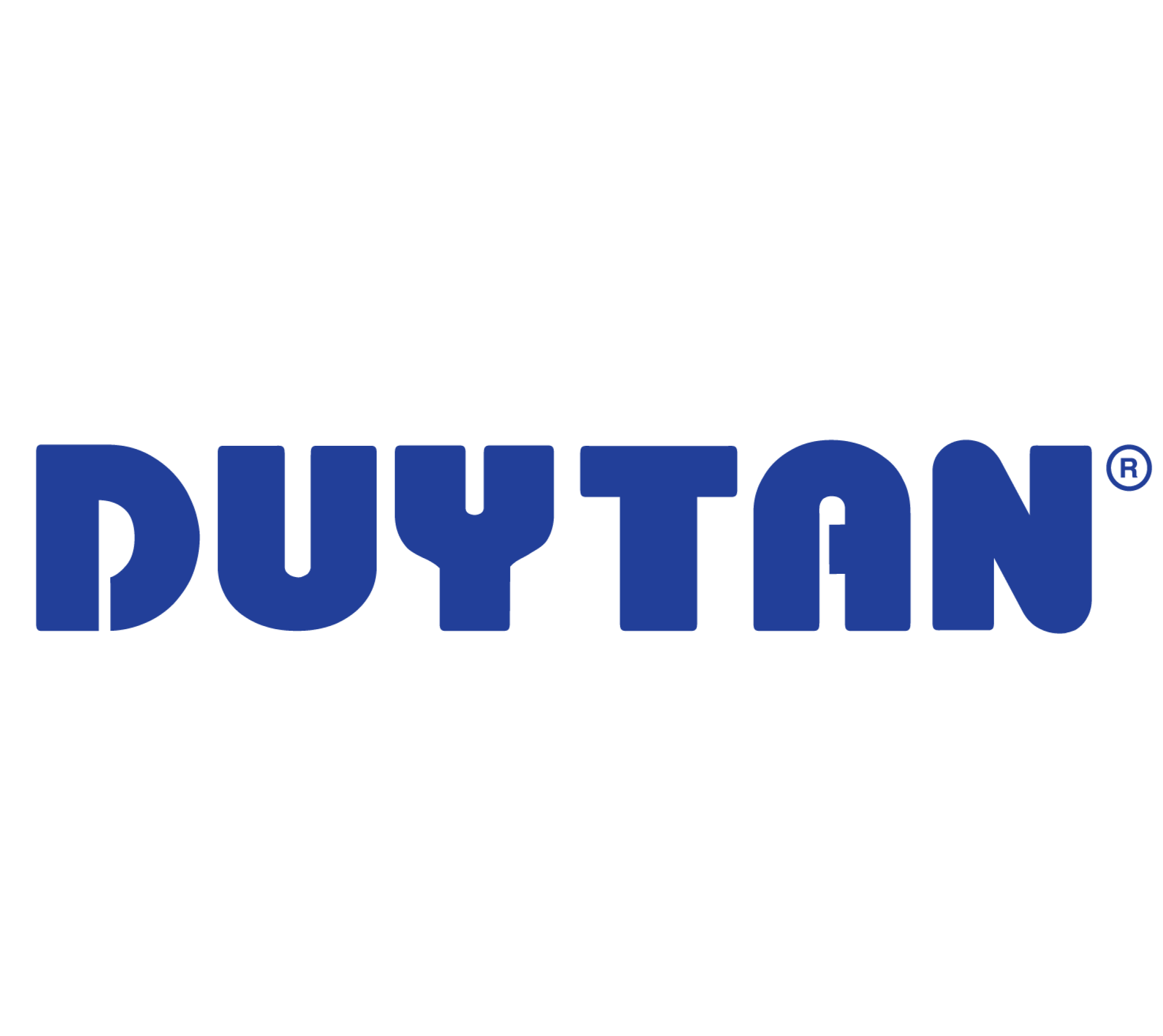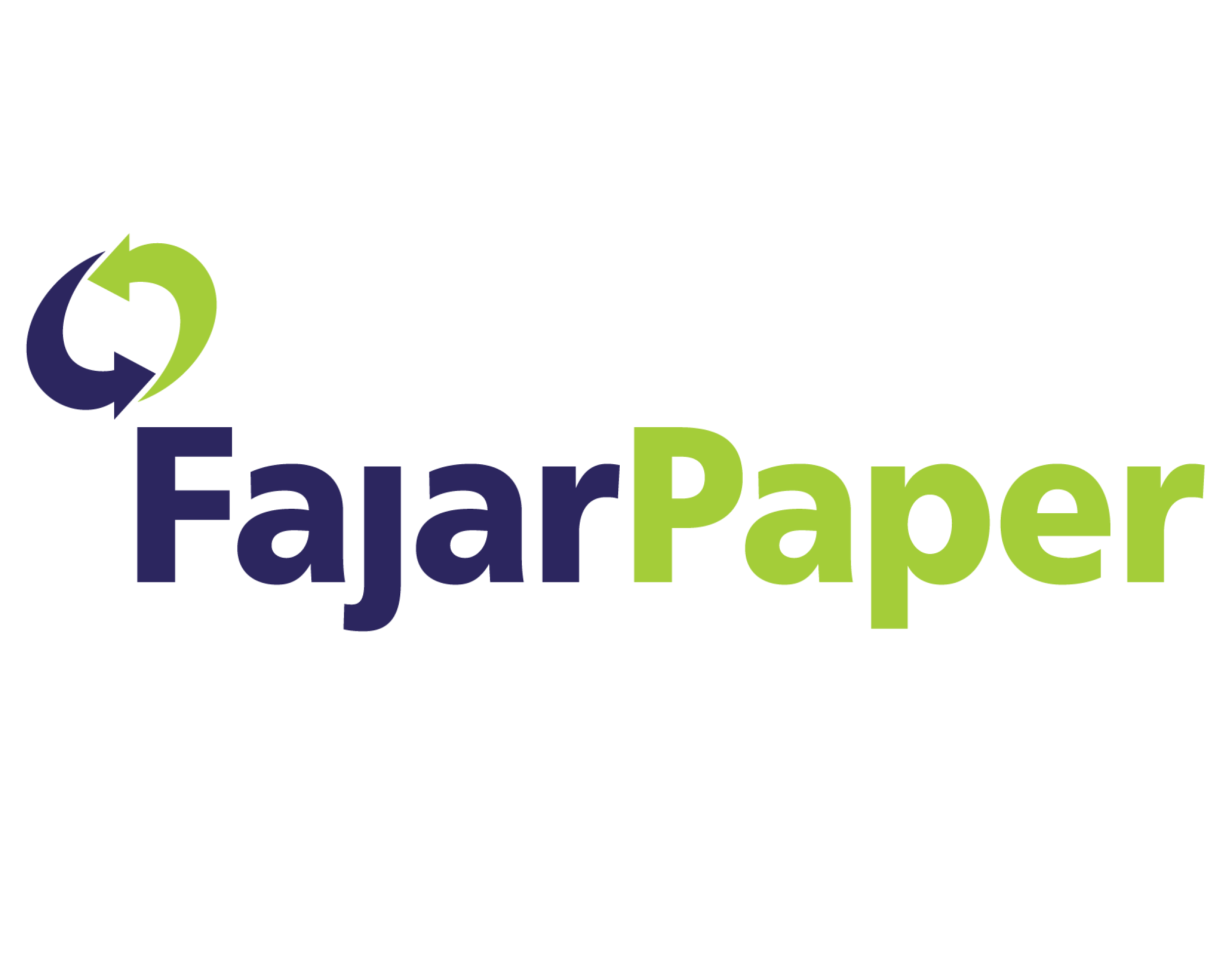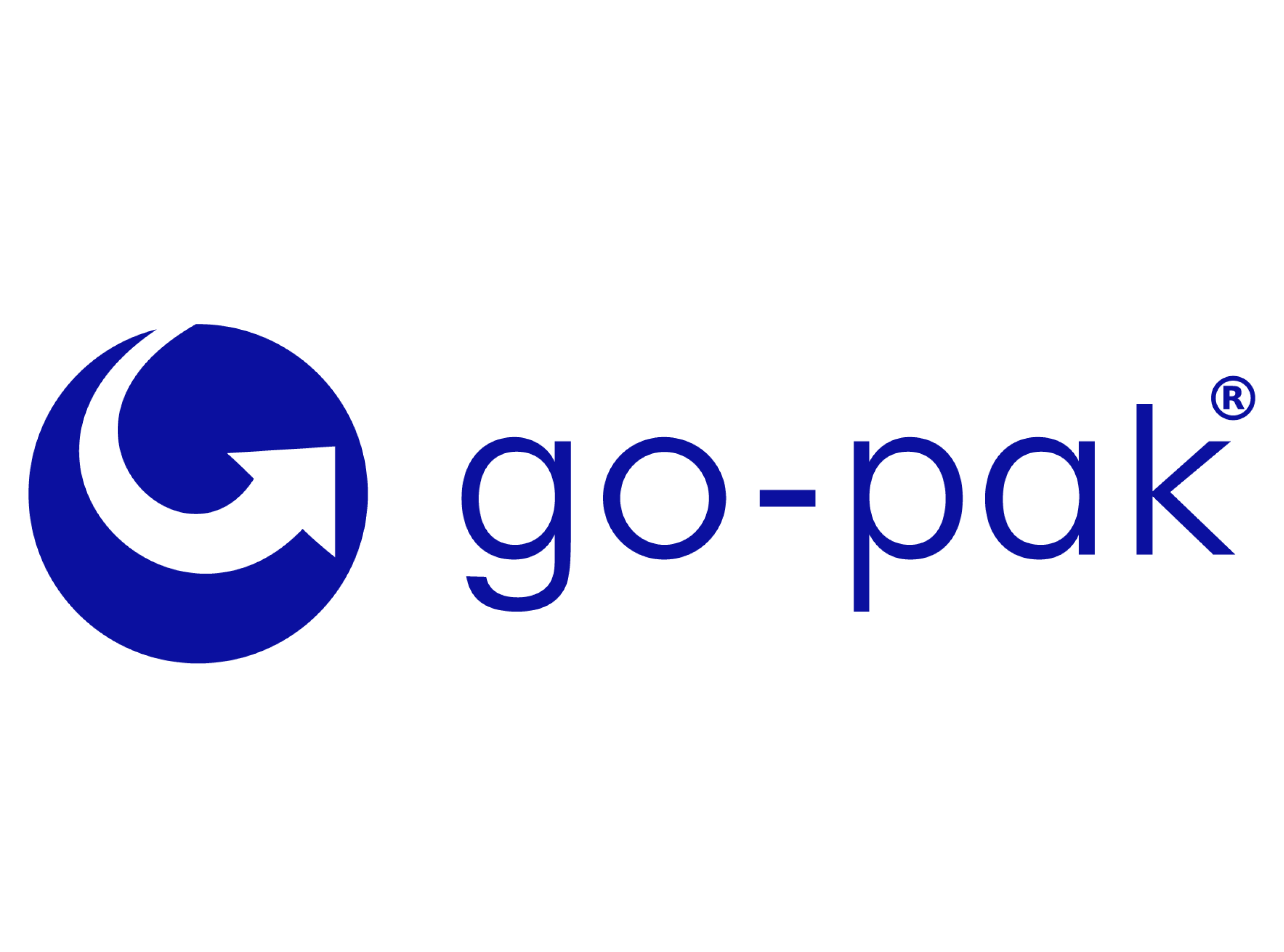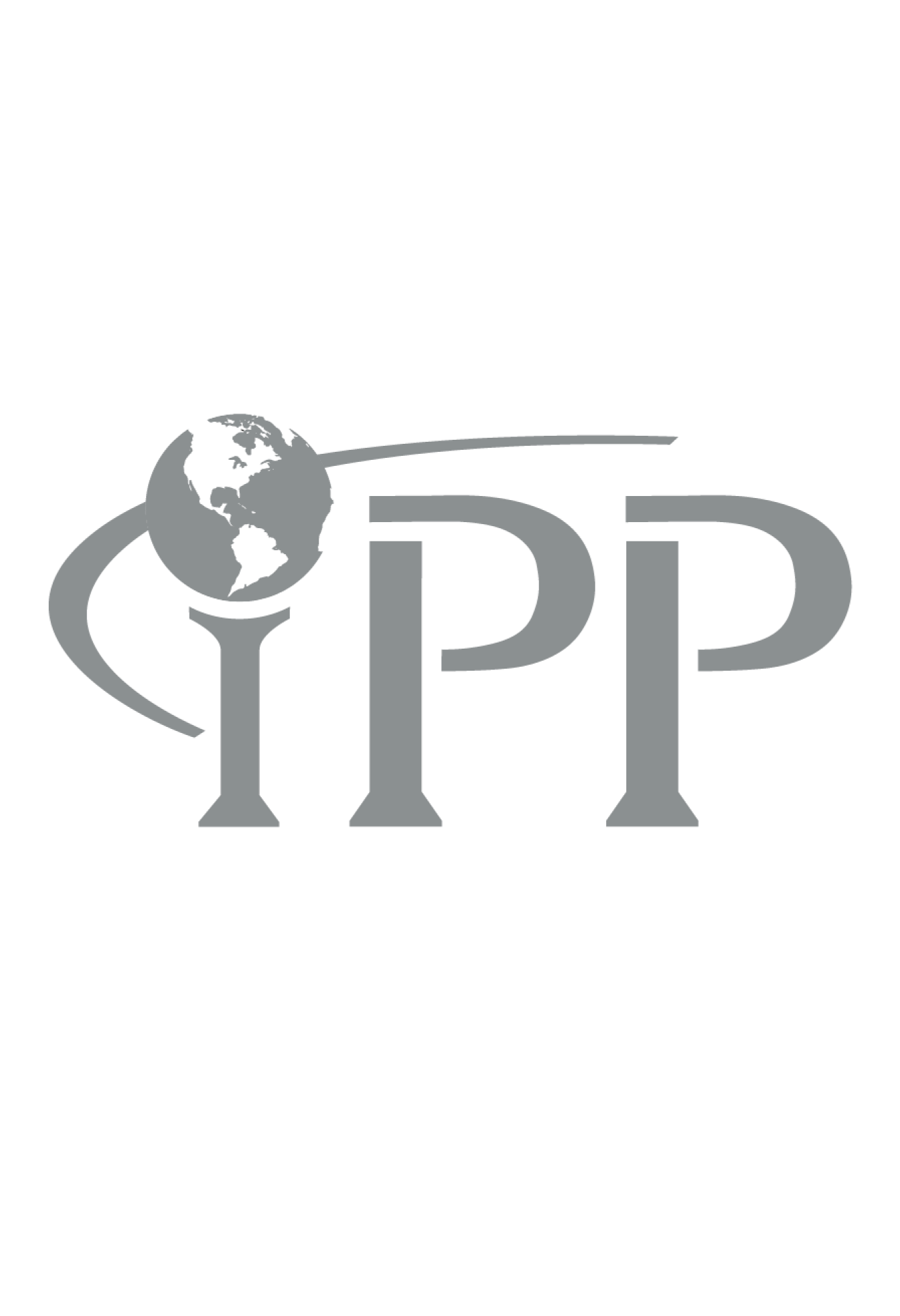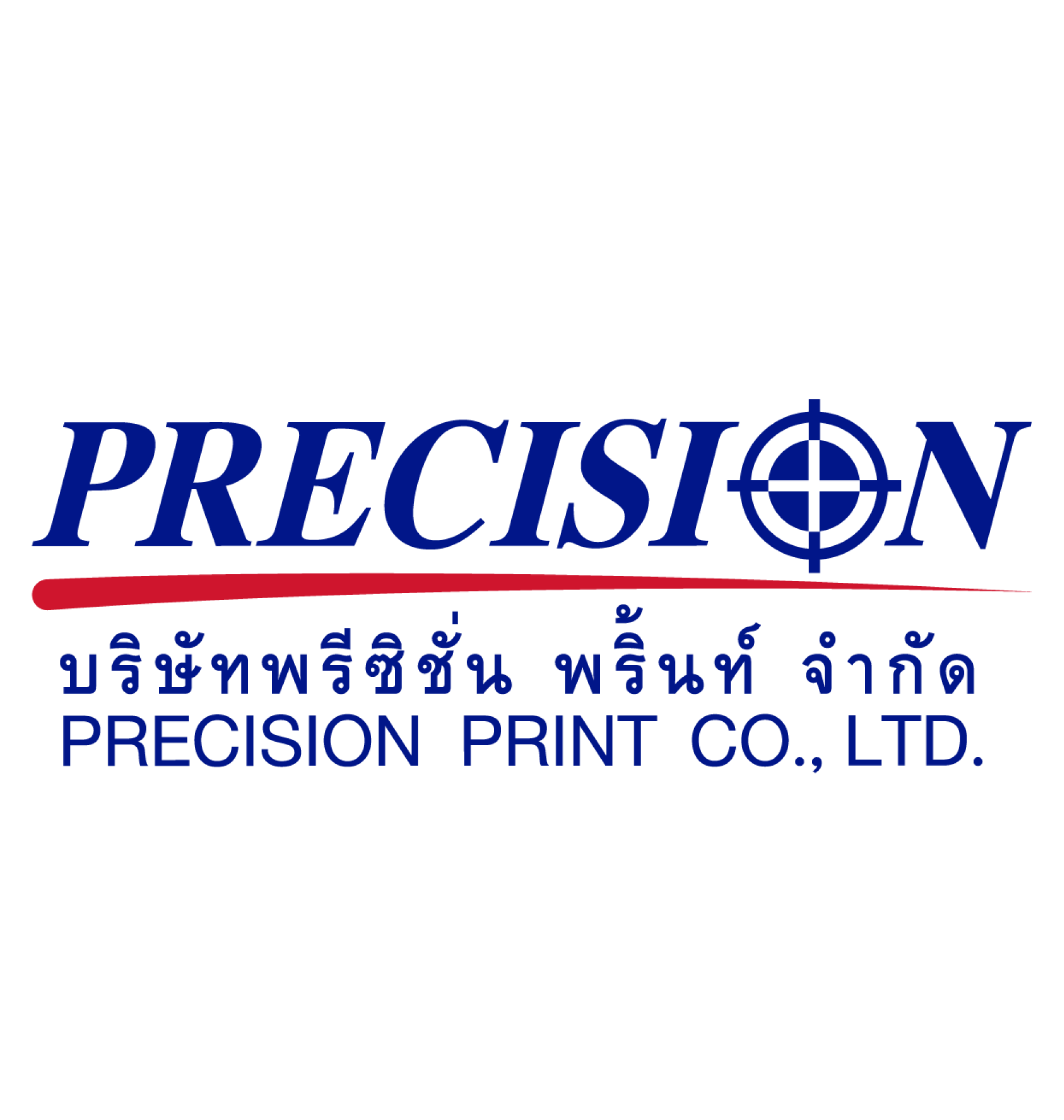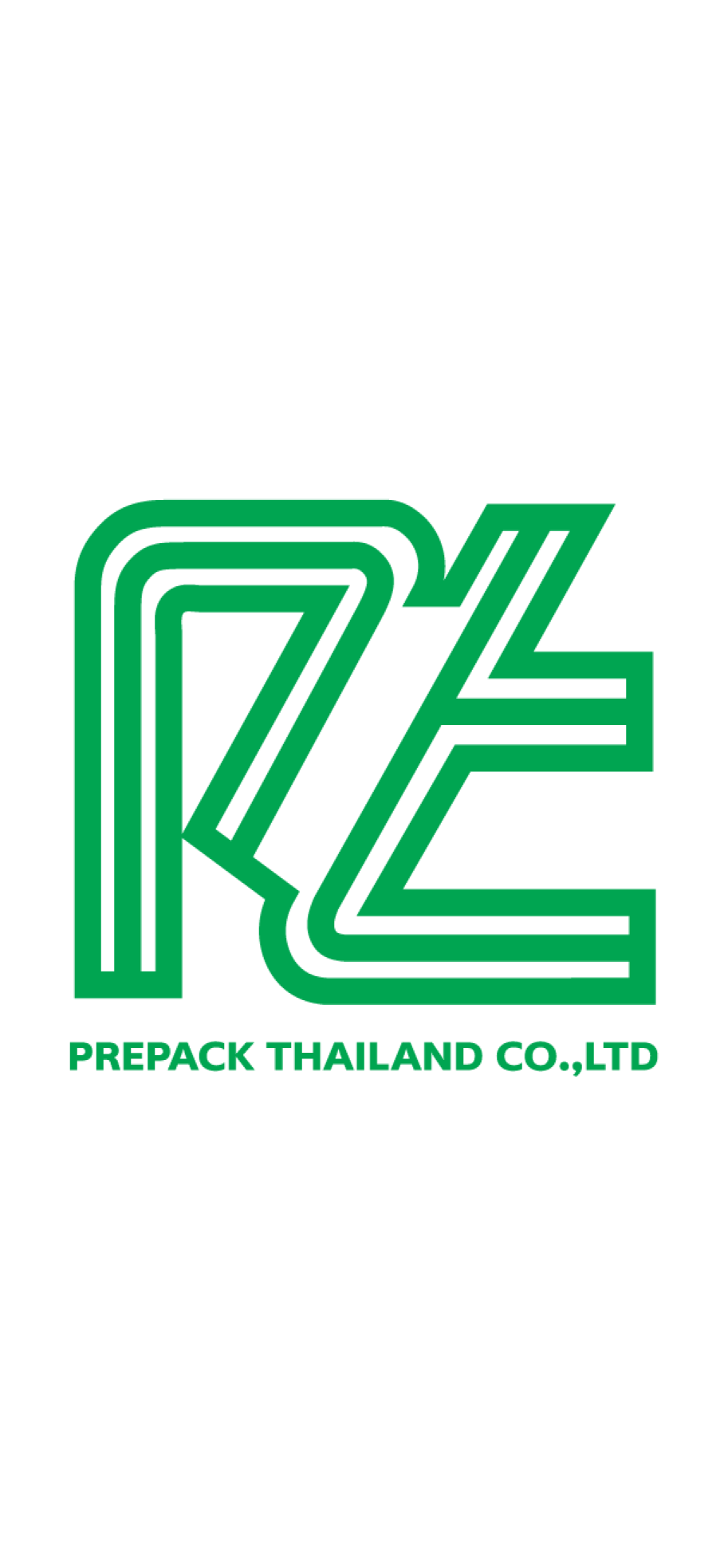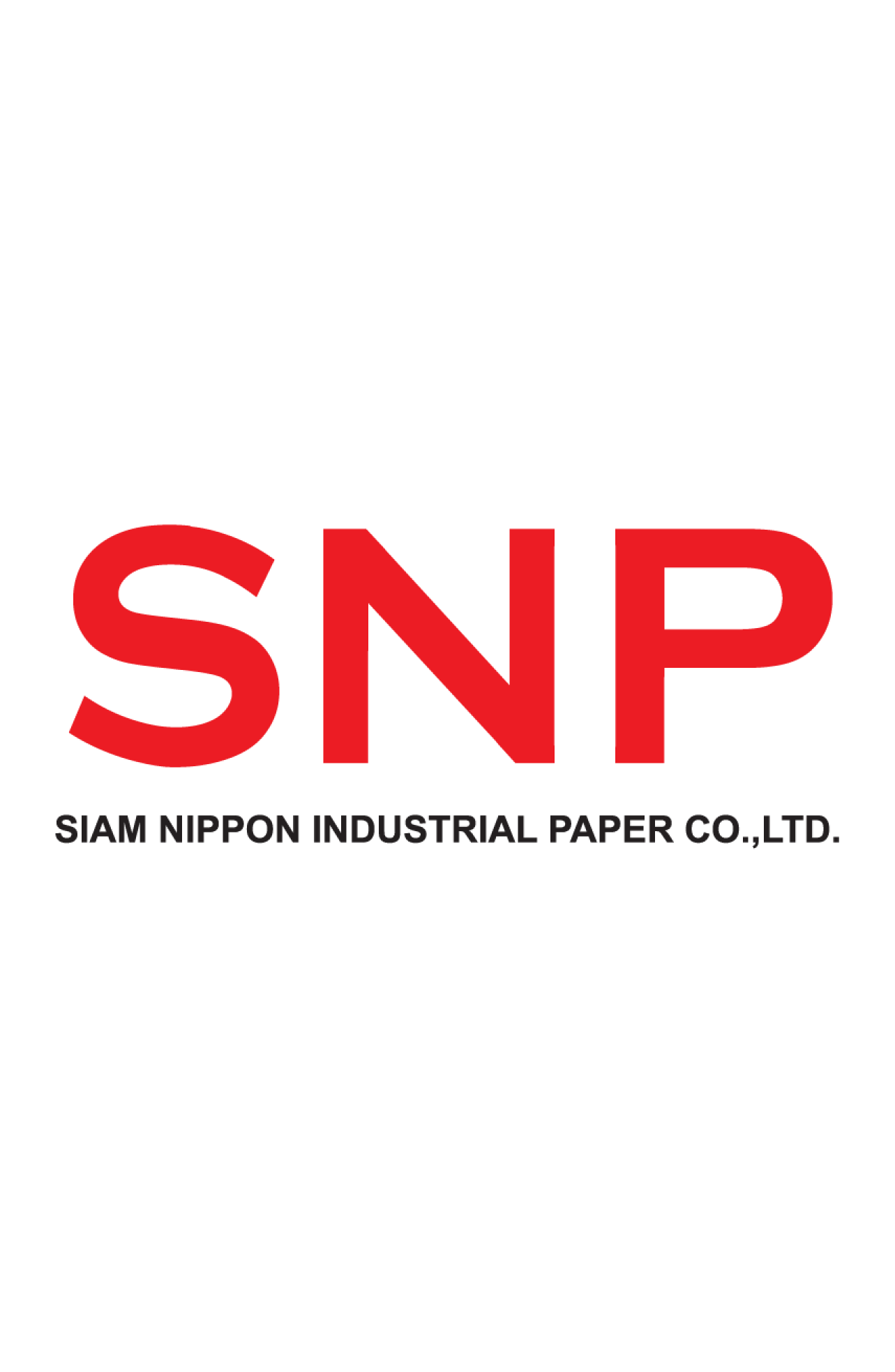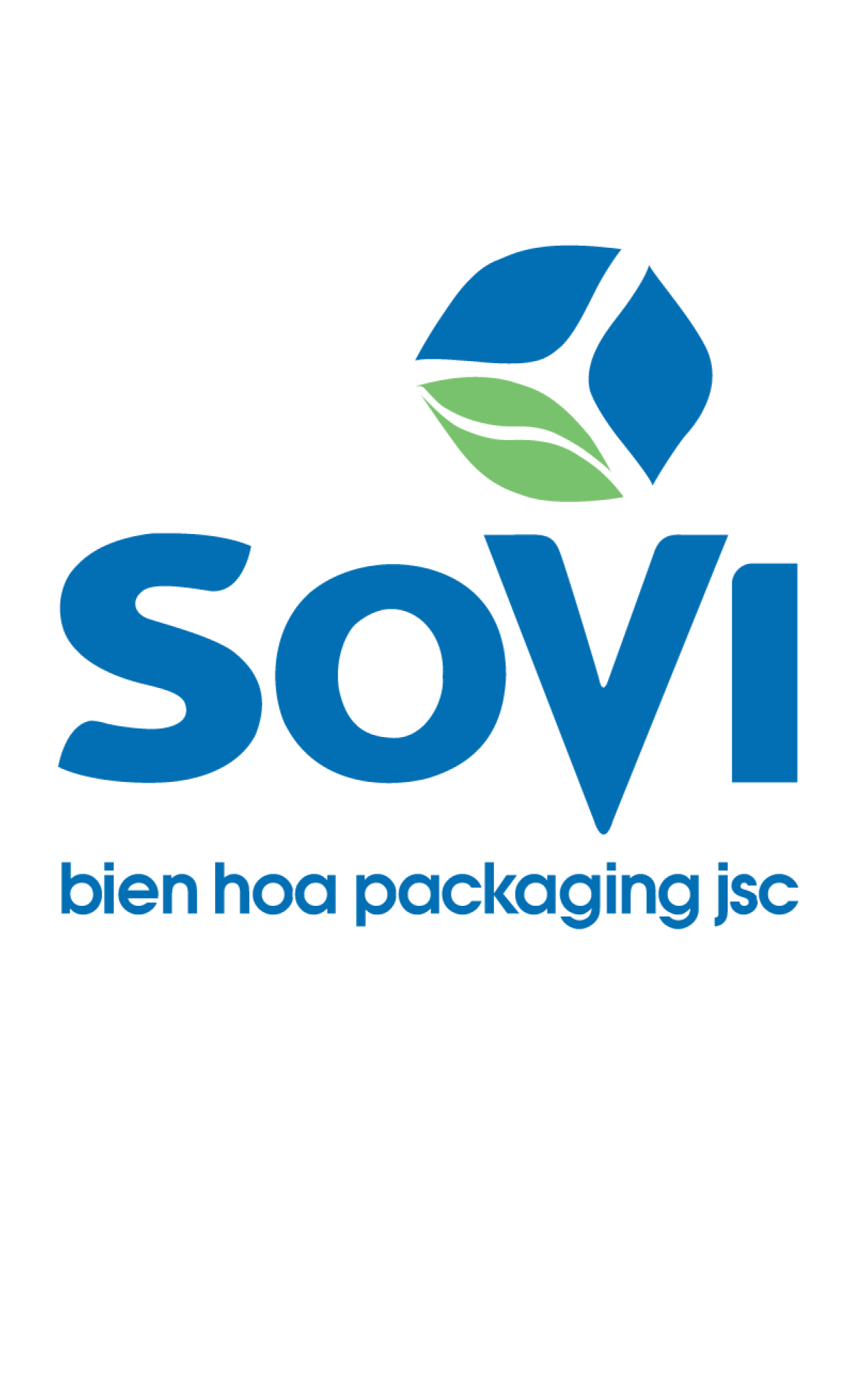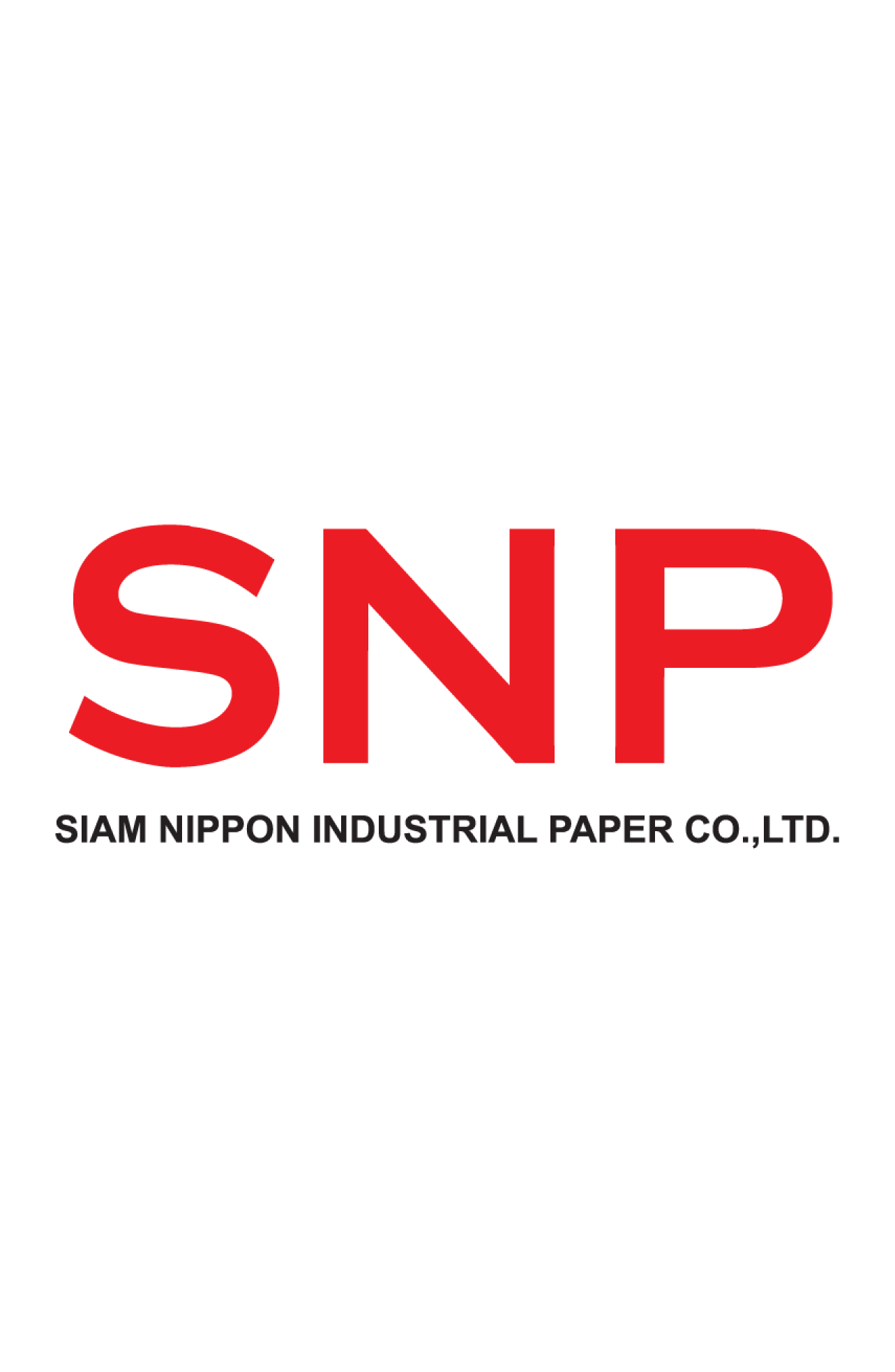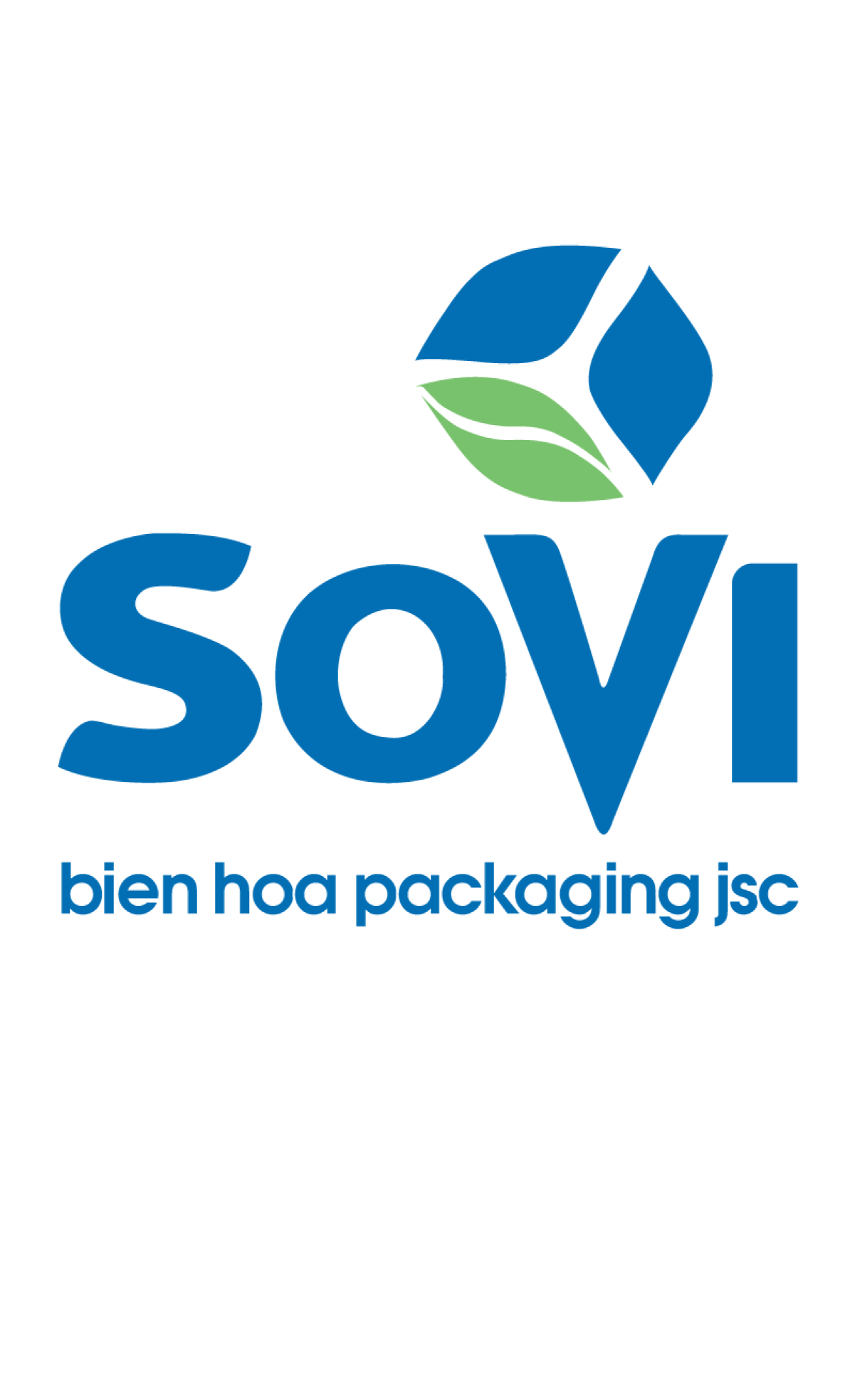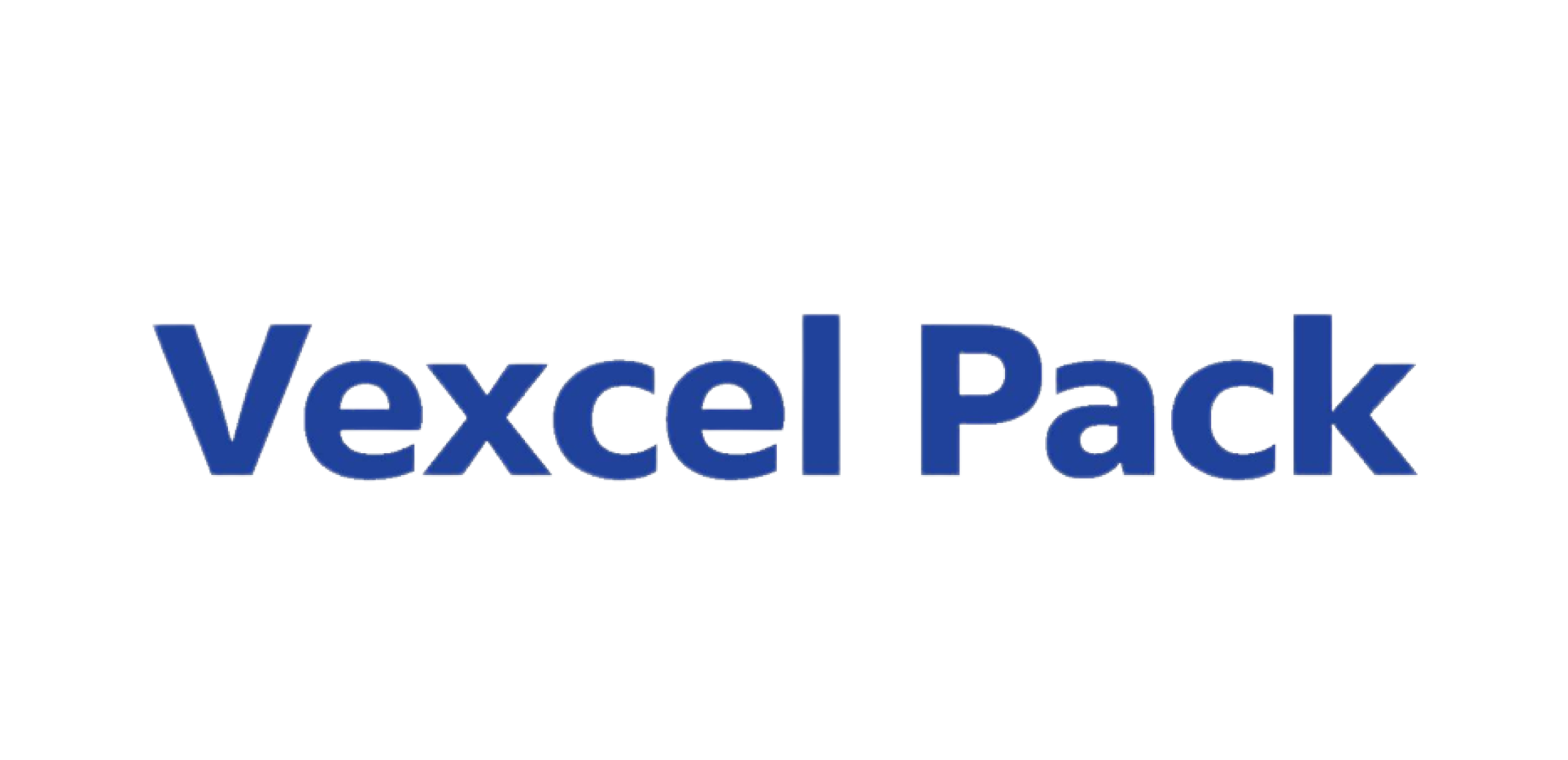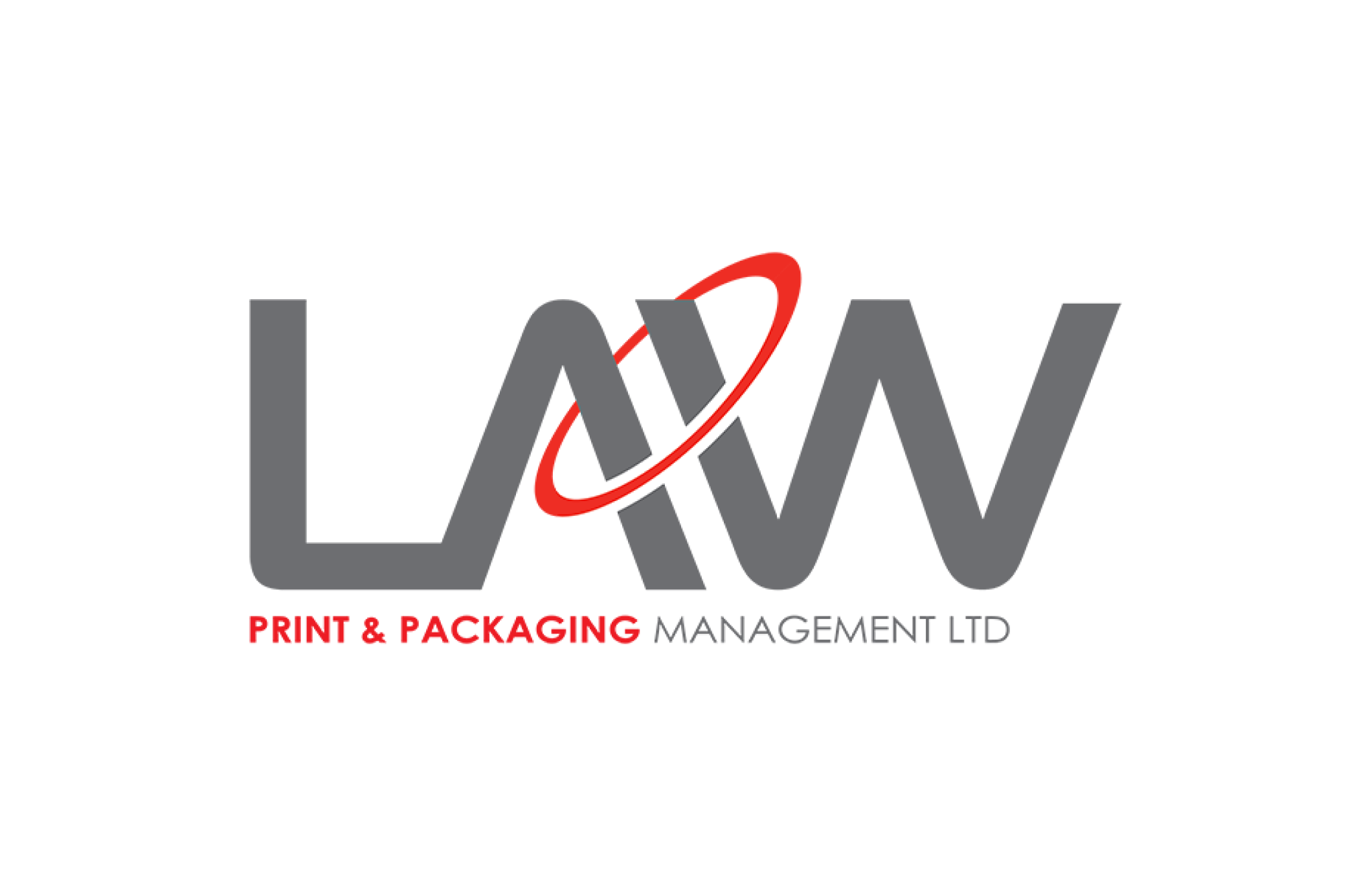Secondary Packaging Beer
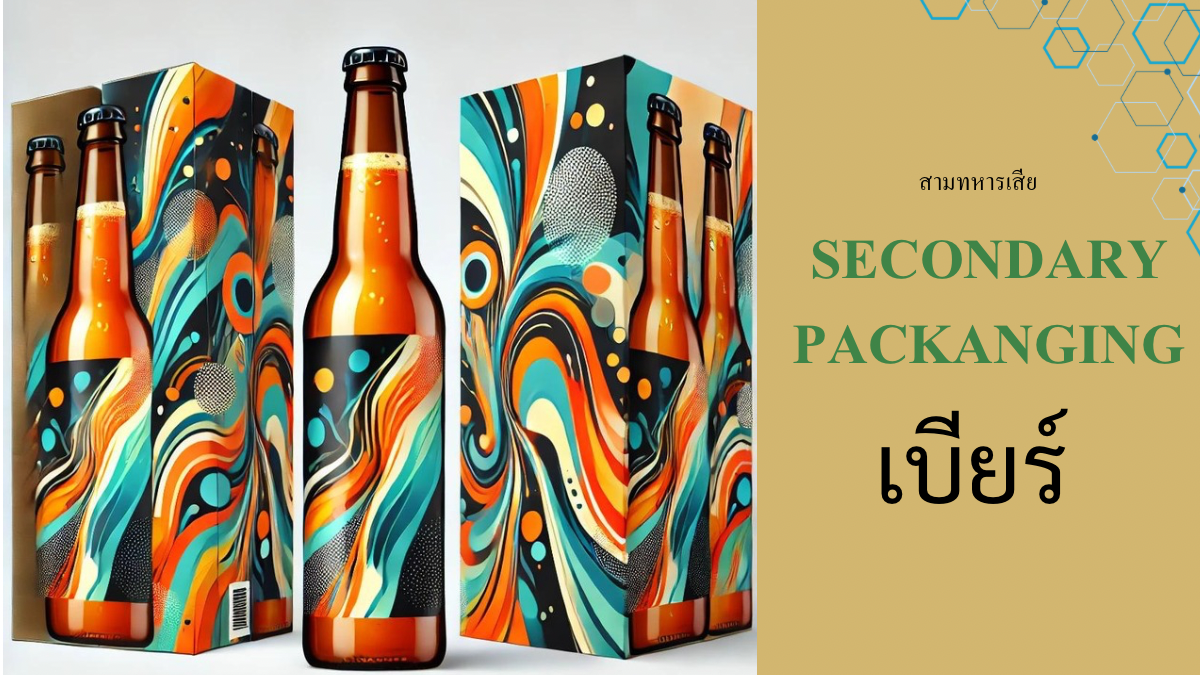
Team : สามทหารเสีย
Member
Ms Pornnaphat Mueanlao
Ms Benchaporn Sawiwat
Ms Phonnikan Jaidee
SCGP Packaging Speak Out 2024
Details:A plan for brand development and product value that includes defining a clear target audience and designing packaging that benefits both society and the environment. The proposal must include at least the following components:
1. Business Environment Analysis
When considering the overall alcoholic beverage market in the past 5-7 years, it was found that 2020 saw the greatest market contraction due to the COVID-19 pandemic. Measures to control the spread of the virus, such as the prohibition of alcohol sales in restaurants and entertainment venues, significantly impacted key sales channels. However, after the easing of restrictions in late 2021, the alcohol market began to recover in 2022, with growth across all product categories. Despite this, a decline in consumption has led producers to develop non-alcoholic and low-alcohol beers. Given the variety of beer products, non-alcoholic beverages are a trend to watch.
However, the growth of the alcoholic beverage market will likely be gradual due to continued government regulations on marketing and advertising, as well as the increasing focus on health, which has caused consumers to reduce their alcohol intake.
2. Brand Development Goals
1. Address the pain points of consumers.
2. Ensure that all materials used do not become waste.
3. Promote sustainability in both environmental and organizational aspects.
3. Target Customers and Consumer Insights:
Target customers:Consumers who purchase beer from supermarkets and convenience stores.
Consumer insights:
1. Demographics:
Name:Tangmo
Gender: Female
Age: 21
Income: 10,000 THB/month
Occupation: Staff at a suki restaurant

2.Psychographics and Behavior:
Personality: Cheerful and lively
Values/Thoughts: Feels that a cold beer after work would be refreshing and a great way to unwind from a tiring day of cooking suki.
3. Needs and Expectations
Expects quality beer and convenient, easy-to-use packaging that offers value for money.
4. Pain Points:Beer bottles are heavy, and the secondary packaging is thin. After placing in the fridge and removing, the packaging weakens and tears, causing the bottles to fall and break. It's also difficult to carry.
5. Buying Motivation:Decision factors include preferred taste and interesting packaging design.
6. Channels and Decision-Making Process:Purchases through supermarkets and convenience stores.
7. Brand Loyalty:Once attached to a brand, she sticks with it and recommends it to people around her.
4. Packaging Design for Society and the Environment
Sustainable packaging.
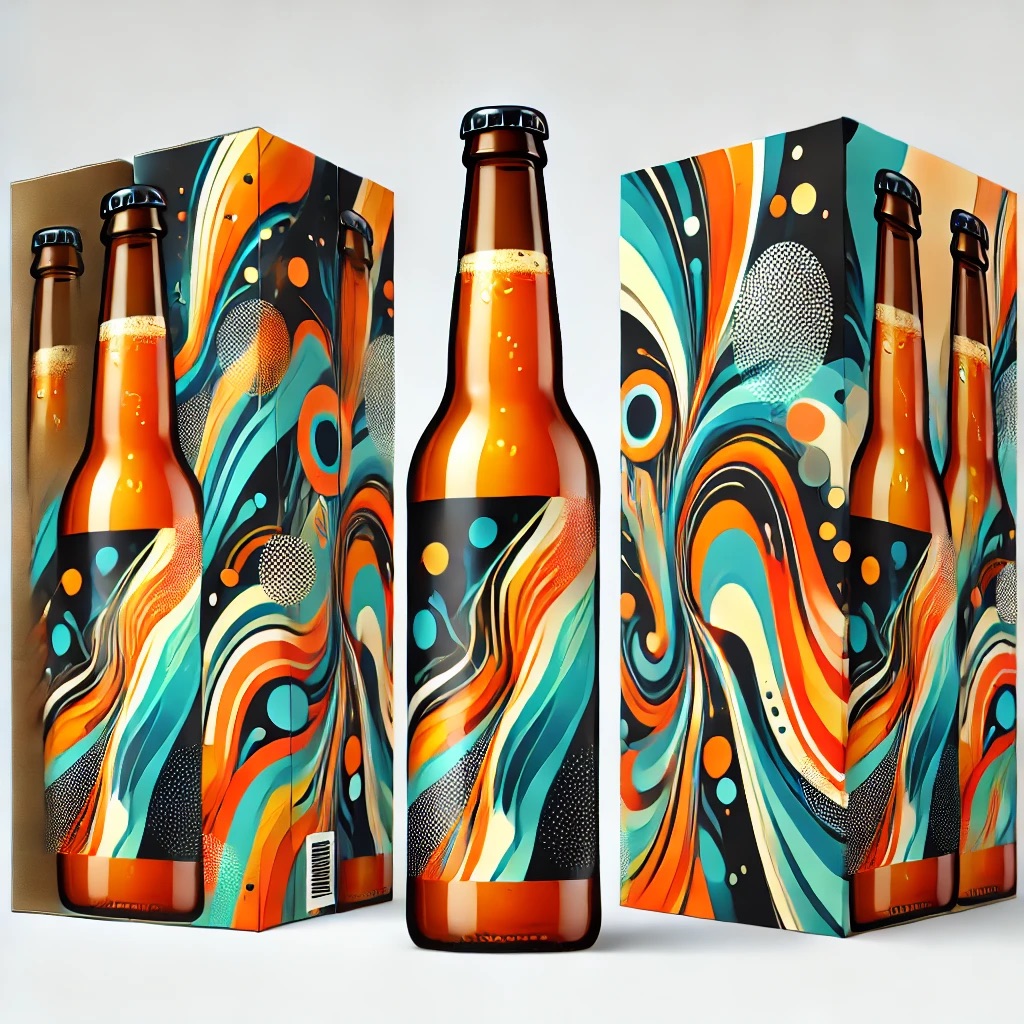
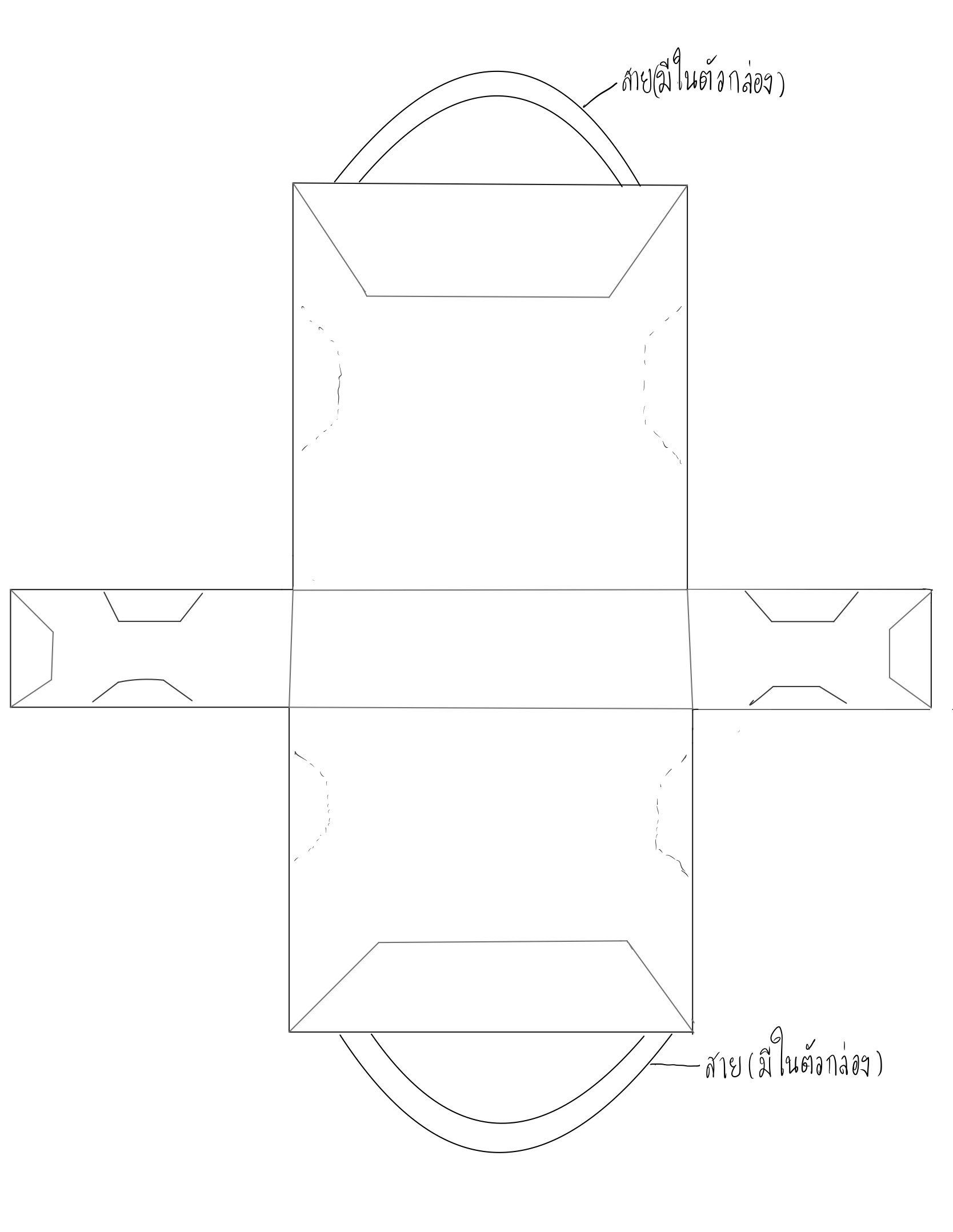
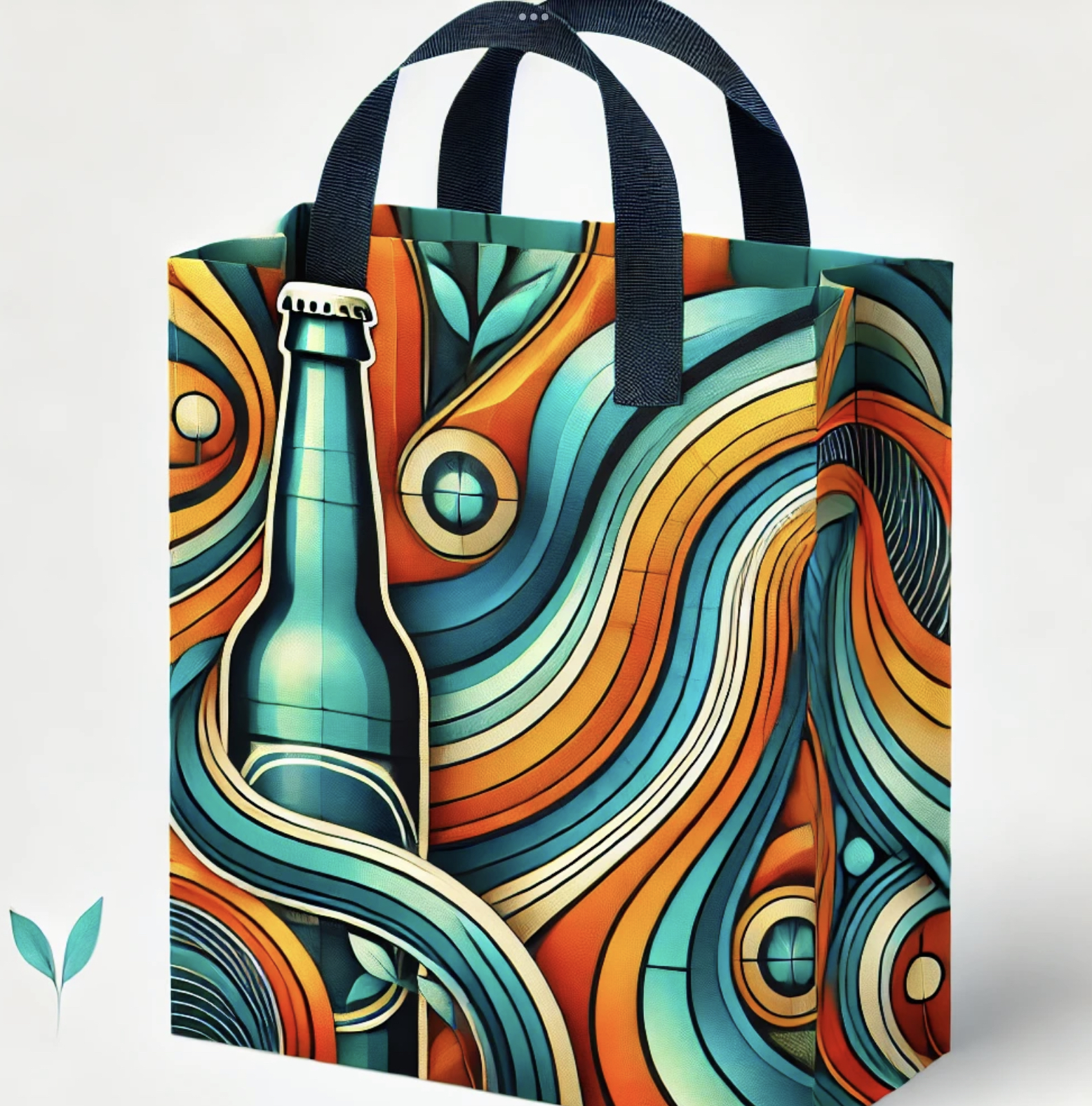
5. Marketing and Brand Development Activities through Packaging
4P's:
1. Product:Beer (with secondary packaging)
2. Price:Priced reasonably at 159 THB for 2 bottles.
3. Place:Available at supermarkets, convenience stores, and online platforms.
4. Promotion:Due to strict legal regulations on alcohol, the following promotions are proposed:
1. Advertising:Creating brand awareness through paid media such as TV, radio, print, or online platforms (Facebook, Instagram, YouTube). Focus on strengthening the brand image, linking it with sports, music, or the unique identity of consumers.
2. Sales Promotion:Short-term sales promotions, such as:
- Giving away gifts, like beer glasses or souvenirs, with a certain purchase amount.
- Festival promotions to boost sales during beer-related events.
3. Public Relations:Building a positive image through public activities, such as sponsoring beer festivals, music events, or sports activities, and supporting community events to connect the brand with consumer interests.
4. Direct Marketing:Promoting directly to consumers, such as sending emails or messages with promotions to previous online buyers, or offering exclusive perks to loyal customers.
5. Digital Marketing:Utilizing digital platforms to reach target audiences, running campaigns on Facebook, Instagram, or TikTok, with content that encourages consumer participation, such as content creation contests or product reviews. Additionally, using e-commerce platforms for promotions to drive online sales.
6. Personal Selling:Using sales representatives at events or locations where consumers can sample beer or hear direct product recommendations, such as beer festivals or supermarket booths.
7. Influencer Marketing:Partnering with influencers who resonate with the brand’s image, such as musicians, athletes, or bloggers, to promote the product and drive brand awareness. Content can focus on sharing the experience of drinking beer.
8. Event Marketing:Organizing or participating in beer-related events, such as beer festivals, brewery tours, parties, or beer tastings, allowing consumers to experience beer in a fun and friendly atmosphere.
6. Measuring Marketing and Brand Success
1. Advertising Results:
- Brand Awareness:Measure reach or impressions of ads and track brand searches.
- Engagement Rate: Measure likes, comments, shares, or clicks on online ads.
- Brand Recall: Use surveys or interviews to assess whether consumers remember the brand or ad.
2. Sales Promotion Results:
- Sales Volume:Measure the sales increase during promotions.
- Coupon Redemption Rate:Track how many coupons were used during the promotion.
- Repeat Purchase Rate:Measure how many customers repurchase after trying the product during a promotion.
3. Public Relations Results:
- Media Coverage:Measure the number of times the brand appears in news, blogs, or unpaid media.
- Brand Sentiment:Use tools to analyze social media or reviews to gauge whether consumers feel positively or negatively about the brand.
- Feedback:Collect feedback from public events or activities the brand sponsors.
4. Direct Marketing Results:
- Response Rate: Measure email open rates or response to promotional messages.
- Direct Sales:Measure sales resulting from direct marketing campaigns, such as email or message orders.
5. Digital Marketing Results:
- Click-Through Rate (CTR):Measure how often consumers click on the website or product page after seeing an online ad.
- Conversion Rate: Measure how many website visitors become actual customers.
- Time on Site: Measure the time consumers spend on the brand's website or social media.
6. Personal Selling Results:
- Sales per Salesperson:Measure the sales each salesperson generates at events or through product presentations.
- Close Rate:Measure how many sales are successfully closed after a product presentation.
- Customer Satisfaction:Measure customer satisfaction with the salesperson’s service through surveys or reviews.
7. Influencer Marketing Results:
- Reach:Measure how many followers see an influencer’s post about the brand or product.
- Engagement Rate:Measure likes, comments, shares, and product mentions on the influencer’s platform.
- Influencer-driven Sales: Measure sales generated from the influencer campaign, such as sales through a special link or discount code.
8. Event Marketing Results:
- Event Attendance:Measure the number of attendees at brand-sponsored events.
- On-site Sales: Measure sales made during beer festivals or other events.
- Attendee Satisfaction:Collect data from interviews or surveys about attendees' experiences at the event.

